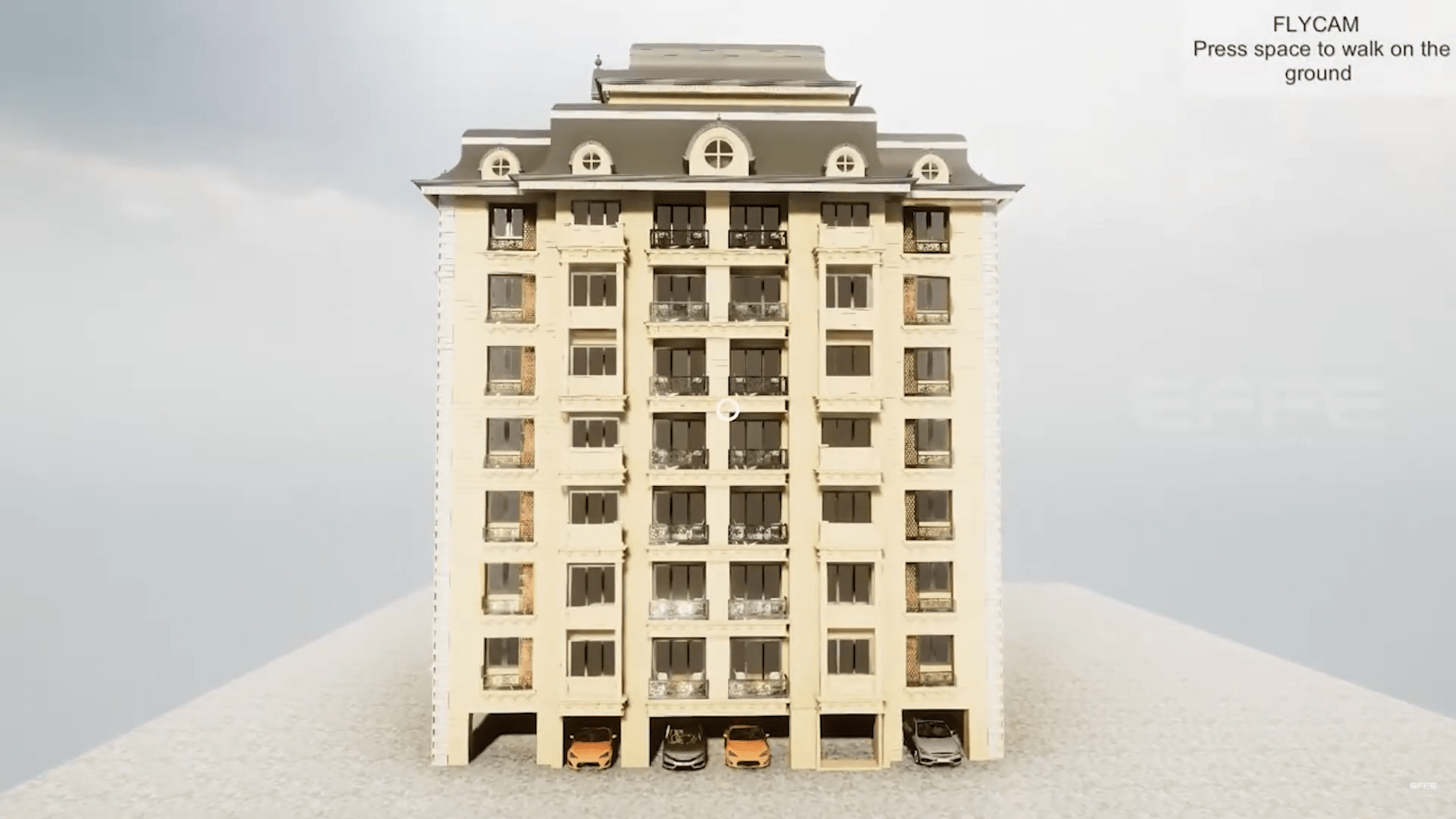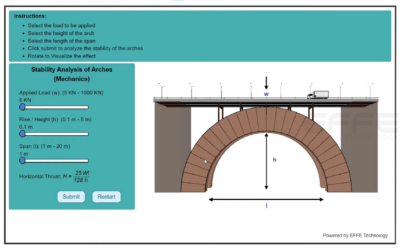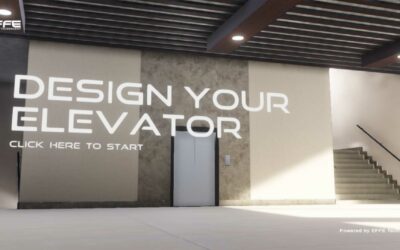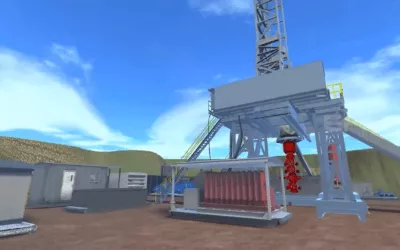Project Brief
VR for Architectural solutions are helping real estate companies continually seek innovative methods to captivate clients, offering immersive experiences that redefine property exploration. Virtual Reality (VR) technology has emerged as a game-changer, allowing clients to visualize architectural designs in a lifelike 3D environment. This project involved creating a VR solution for a real estate developer to showcase architectural elevations, interiors, and landscaping with stunning realism. The solution aimed to revolutionize how clients interact with properties, offering a virtual walkthrough even before construction begins.
Client Requirement
The client, a leading real estate developer, faced challenges in presenting architectural designs effectively to potential buyers. Traditional methods, such as 2D blueprints and physical models, were time-consuming and failed to convey the project’s grandeur. The client needed an interactive and immersive VR for Architectural solutions to:
- Present architectural elevations with realistic details.
- Allow prospective clients to explore interiors and exteriors virtually.
- Showcase multiple layout options dynamically.
- Reduce dependency on physical site visits during the sales process.
- Elevate their brand as a tech-savvy, innovative developer in a competitive market.
Project Planning, Strategy, and Our Process
To meet the client’s requirements, we followed a structured development process, leveraging cutting-edge VR for Architectural technology.
Understanding Client Vision: Our initial step involved multiple consultations to grasp the client’s vision, preferred architectural styles, and target audience expectations. The goal was to ensure the VR for Architectural solution reflected the project’s essence while appealing to potential buyers.
Research and Conceptualization: The team conducted in-depth research to identify the best VR for Architectural tools for creating realistic architectural visualization. Key aspects included:
- Using advanced rendering software to capture intricate design details.
- Integrating interactive elements for user-controlled navigation.
- Ensuring compatibility with popular VR headsets and web-based platforms.
3D Modeling and Design: The design phase involved creating detailed 3D models of the properties. This included:
- Precise replication of architectural blueprints.
- Designing interiors with customizable features, such as furniture placement and wall colors.
- Adding landscaping elements, including gardens, walkways, and lighting effects.
VR Integration: Once the models were ready, we integrated them into an interactive VR for Architectural environment. Features included:
- Dynamic walkthroughs where users could navigate freely.
- Multiple viewing modes, including aerial perspectives and close-up details.
- Real-time lighting adjustments to simulate day and night views.
User Testing and Feedback: Extensive testing ensured the VR for Architectural solution was user-friendly, visually stunning, and glitch-free. Feedback from focus groups, including potential homebuyers and real estate experts, helped refine the experience.
Deployment and Training: The final solution was deployed on VR for Architectural headsets for in-office demonstrations and as a web-based application for remote clients. We provided comprehensive training to the client’s sales team on using the VR for Architectural system effectively during presentations. Visit Our Partner Site
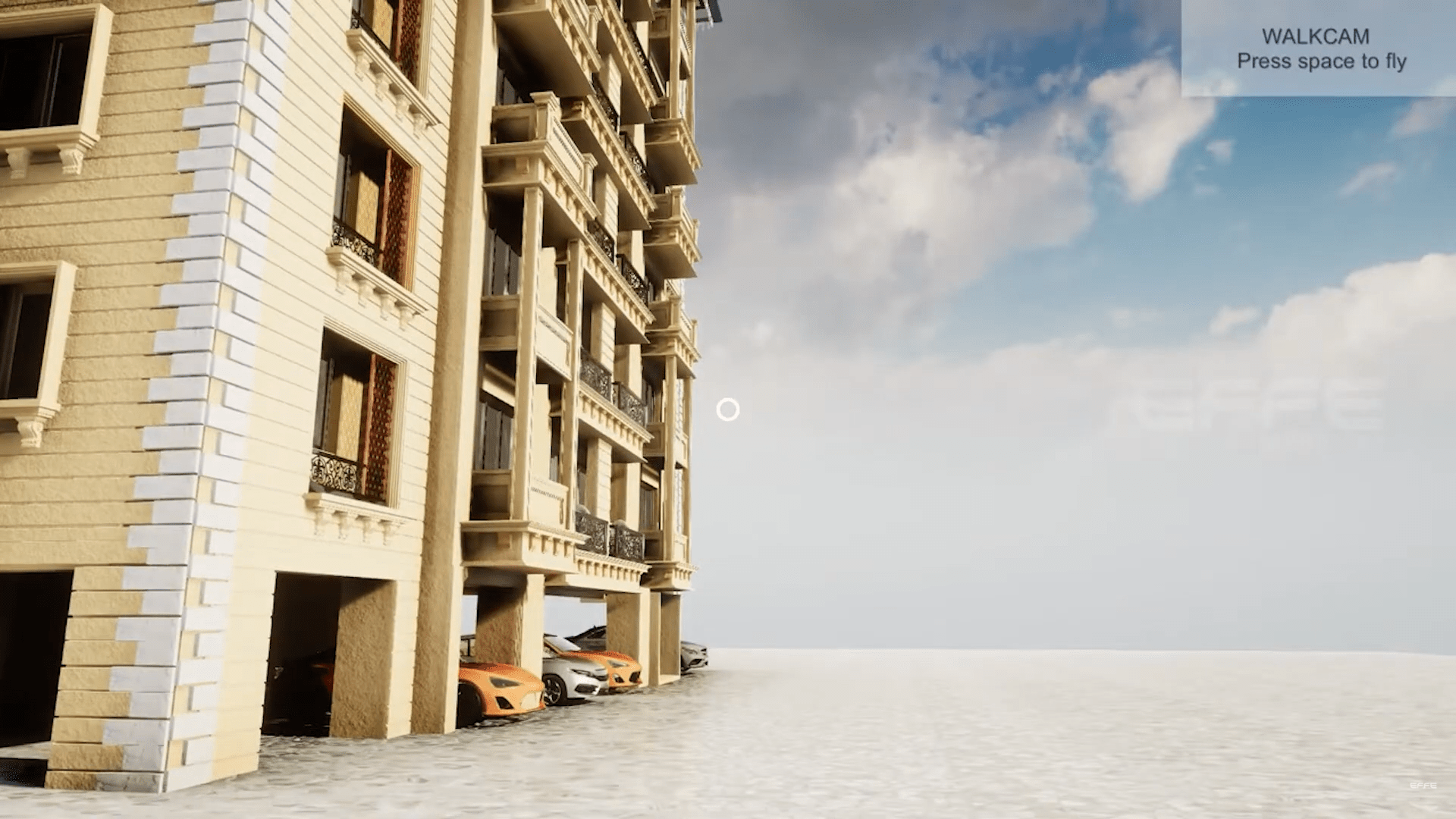
Deliverables and Client Benefits
Deliverables
The project delivered a fully immersive VR for Architectural solution tailored to the client’s needs. Key deliverables included:
- A complete 3D virtual walkthrough of the architectural elevation and interiors.
- A web-based application accessible from any device.
- VR for Architectural compatibility for Oculus and other headsets.
- Customizable design features for individual user preferences.
Client Benefits
- Enhanced Engagement: Clients experienced properties in a visually captivating way, leading to higher interest levels.
- Faster Decision-Making: Buyers could visualize properties comprehensively, speeding up the purchase process.
- Cost Efficiency: Reduced reliance on physical models and site visits saved time and resources.
Market Differentiation: The innovative VR for Architectural solution positioned the client as a leader in real estate technology.
Conclusion
This project highlighted the transformative potential of VR for Architectural visualization in the real estate sector. By offering immersive architectural visualizations, the client not only enhanced their customer engagement but also set a benchmark for tech-driven property marketing. As VR technology continues to evolve, its applications in real estate promise unparalleled possibilities for creating seamless and engaging buying experiences. This solution marks a significant leap in the adoption of VR for architectural visualization, offering a new way to experience and interact with properties.
Virtual Reality of Architectural Elevation | VR Development Company for Real Estate

